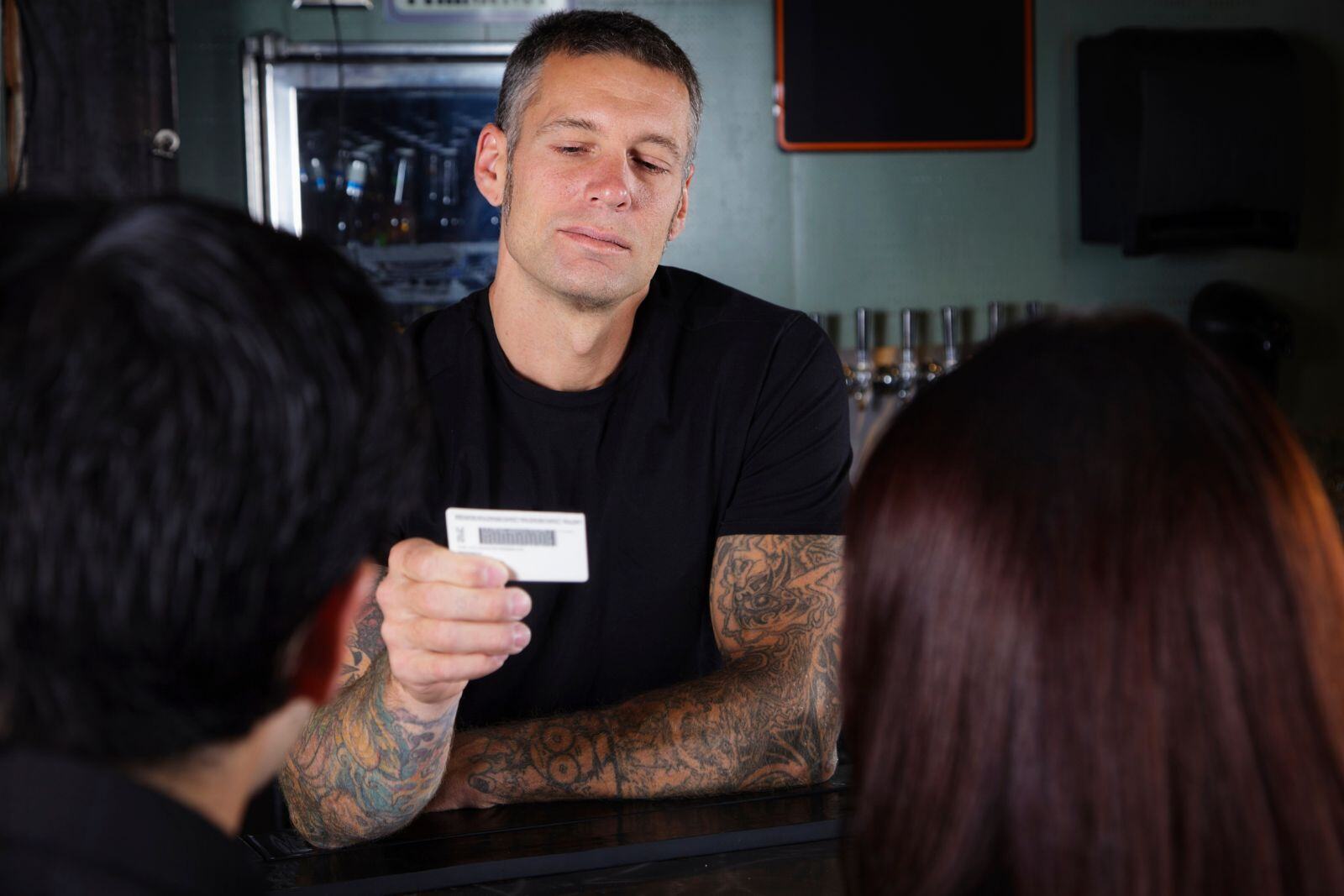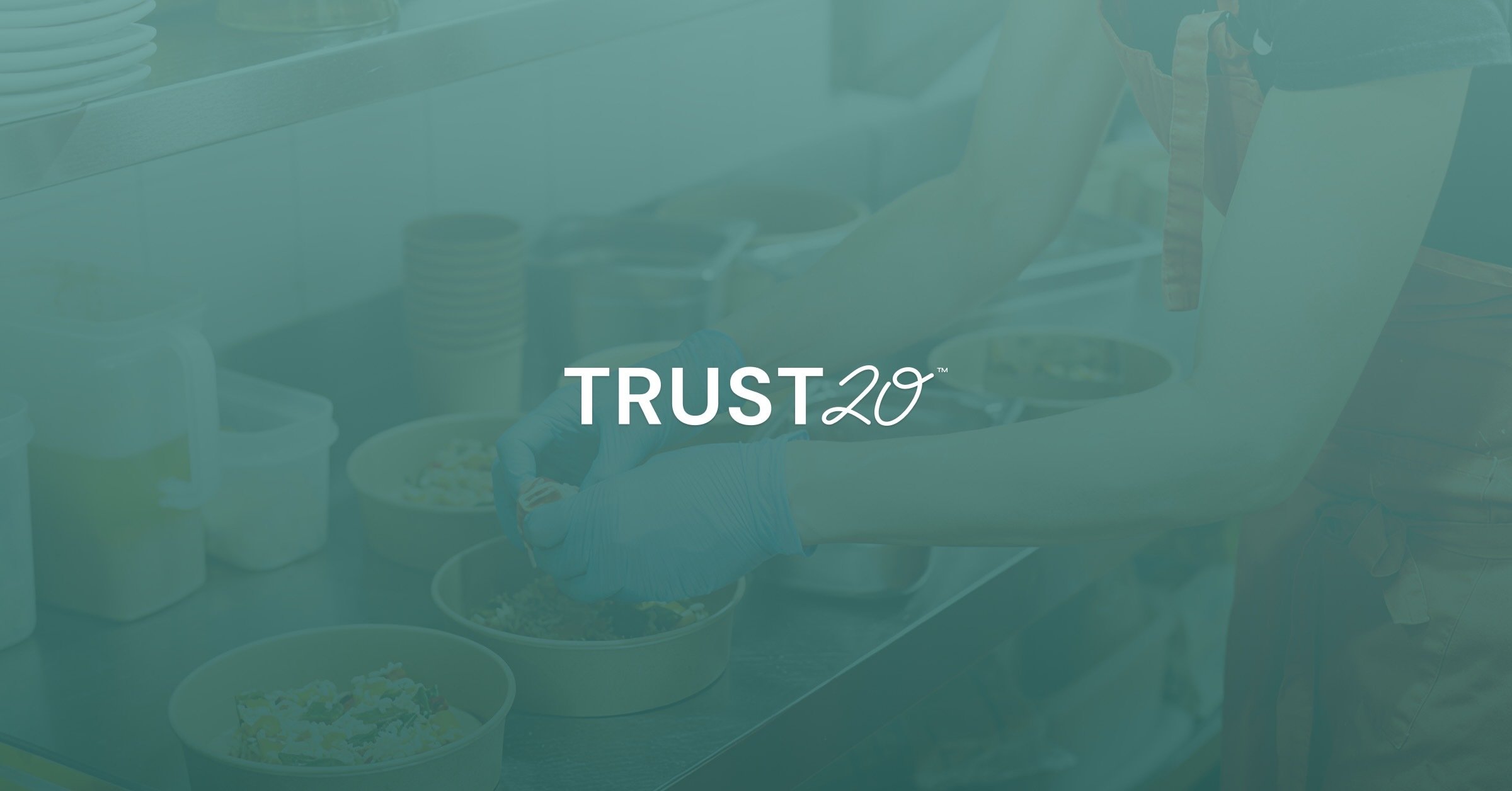Technological advancements have made fake identifications (IDs) more convincing than ever. Since checking IDs and preventing underage drinking are key parts of responsible alcohol service, anyone working in an establishment that serves alcohol must be able to spot telltale signs of forged IDs.
Unfortunately, the use of fake IDs is all too common. According to a 2024 report from Scandit, 45% of young adults between the ages of 18 and 25 know someone who has successfully used a fake ID.1 This tells us that fake ID use is widespread and difficult to spot.
Since establishments and their staff are generally responsible for ensuring customers are of legal drinking age, checking and verifying IDs is essential for businesses to ensure proper compliance with alcohol laws and regulations and protect against potential legal issues.
Read on for tips to help you better identify fake IDs. This blog will cover:
When should I ask for identification?
What are considered acceptable forms of ID?
What are the most common types of fake IDs?
If I suspect an ID is fake, should I confiscate it?
What key features should I examine closely on IDs?
How can I attempt to verify an ID's authenticity?
The following is not intended as legal advice. It is general guidance meant to inform.
When should I ask for identification?
It is best practice to always check the identification of anyone ordering an alcoholic drink—regardless of appearance or age. This practice will help ensure you are only serving alcohol to people of legal age and help protect yourself from legal ramifications and potential litigation.
Various federal and state laws dictate how, when, and to whom you may serve alcohol. The National Minimum Drinking Age Act requires all states in the U.S. to prohibit anyone under 21 years of age from purchasing and/or publicly possessing alcoholic beverages.2 By checking the ID of anyone who wants to order alcohol, you will set a consistent precedent and ensure you do not serve someone illegally.
What are considered acceptable forms of ID?
It is important to ensure your customers provide you with an acceptable form of identification when verifying their age before serving them alcohol. An ID must have the person’s date of birth, signature (except for US Military IDs), and photograph. It must also be current; you may not accept an expired ID.
Types of acceptable ID
-
Driver’s License
-
State Identification Card
-
Passport
-
Military Identification
-
Tribal Identification
-
Foreign Passport or Visa
What are the most common types of fake IDs?
There are three main types of fake IDs that you should be looking for when checking customer identification.
-
Altered IDs: Genuine identification that has been altered.
-
Forged IDs: Fully fake identification that has been created to look genuine.
-
Borrowed or stolen IDs: Genuine identification that is being used by someone other than the actual owner.
If I suspect an ID is fake, should I confiscate it?
If you suspect an ID is fake, follow your workplace's policies. Individual establishments set the guidelines for confiscating IDs, and your local jurisdiction (city, state, or federal) may also provide further guidance.
For example, California law allows licensed organizations and their staff to seize identification they believe to be fake.3 This may not be the case in your state or per your establishment’s guidelines, so you’ll want to ensure you understand confiscation procedures.
What key features should I examine closely on IDs?
When checking someone’s ID, it is important to look beyond their birthdate to ensure their identification is authentic. You should closely review the following features when trying to determine an ID's authenticity:
Photos: The person who handed over the ID should match the image on the ID, barring standard physical alterations like a different haircut or color, piercings, and/or makeup.
Watermarks/holograms: Genuine IDs typically have watermarks or holograms that you can easily see under lighting. State and government-issued IDs, like military IDs, have specific symbols and images visible in their design. A lack of watermarks, holograms, or inconsistency in the picture can indicate a fake ID.
ID alignment: Authentic identification cards should have precisely aligned photos, text, and formatting. Inconsistencies in an ID’s font, text, image, or other details—such as a misaligned column or missing information—can indicate a fake ID.
Material quality: Real IDs are made with professional materials like PVC plastic, laminate, and high-quality pictures. Nonprofessional grade materials may feature bubbling and rough edges.
How can I attempt to verify an ID's authenticity?
Now that you know the key features to examine on an ID, let’s talk about how to verify if a customer’s ID is authentic. The FLAG system is a systematic, reliable approach for detecting fake, altered, and borrowed IDs. The four steps of the FLAG system are an industry standard and can help you remember what to look for when verifying an ID.
The FLAG system’s four steps include:
-
Feeling the identification: You should always ask your customers to hand you their IDs so you can feel the ID for inconsistencies or oddities in the ID texture and physical features, including rough or square edges, misspellings, poor quality or misaligned photos, or unevenness, air pockets, or bumps in the lamination of the ID.
-
Looking at the identification: Check if the person in the ID photo matches the individual who provided the ID. If on hand, use ID scanning technology or ultraviolet light to check IDs for specific patterns, designs, and holograms on real IDs. Be sure to check the back of the ID for any discrepancies, not just the front.
-
Asking questions about the identification: Does the customer know the address listed on the ID? Can they easily tell you when they graduated high school? Do they know the middle name listed on the ID? Questions like these can help ensure the ID actually belongs to the customer in front of you.
-
Giving the identification back: Unless your establishment has a confiscation policy, politely return the ID to the customer–regardless of whether or not you will be serving them alcohol.
Remember, if you complete these steps and are convinced you have been given a fake ID or the customer in front of you is underage, it is in your best interest to politely refuse alcohol service to that customer.
Why is it important to know how to check IDs?
Understanding how to identify a fake ID is a crucial skill for people who serve alcohol. Bartenders, bouncers, and servers need to be able to carefully examine their customers’ identification for signs of forgery to ensure you only serve alcohol to customers of age. If you’re unsure where to start or need a refresher, alcohol server training can help you feel prepared to suss out fake IDs. Alcohol service to minors comes with serious consequences, so learning how to check IDs properly will help you protect yourself, your customers, and your establishment from the legal and social ramifications of underage alcohol service.
Sources:
-
Scandit: US Fake ID Research: Prevalence, Impact, and Opportunities
-
Alcohol Policy Information System: The 1984 National Minimum Drinking Age Act
-
California Department of Alcoholic Beverage Control: Minors






.png)

.png)
